Loft
Loft style (from the English loft — attic) involves the equipment of residential space on the basis of a former industrial or warehouse space. The modern loft is a bit different from the classic standards. Today, this name implies a stylization of an industrial interior.



There are 4 main categories of loft style:
“Hard loft” – based on an existing room, but not always industrial;
“Soft loft” – creating an interior inside a room begins with the design of the building as a whole;
Commercial loft buildings that were once used as warehouse or factory premises are transformed into art pavilions, cafes, offices or concert venues;
Loft for life-the design of the room is designed for everyday life.

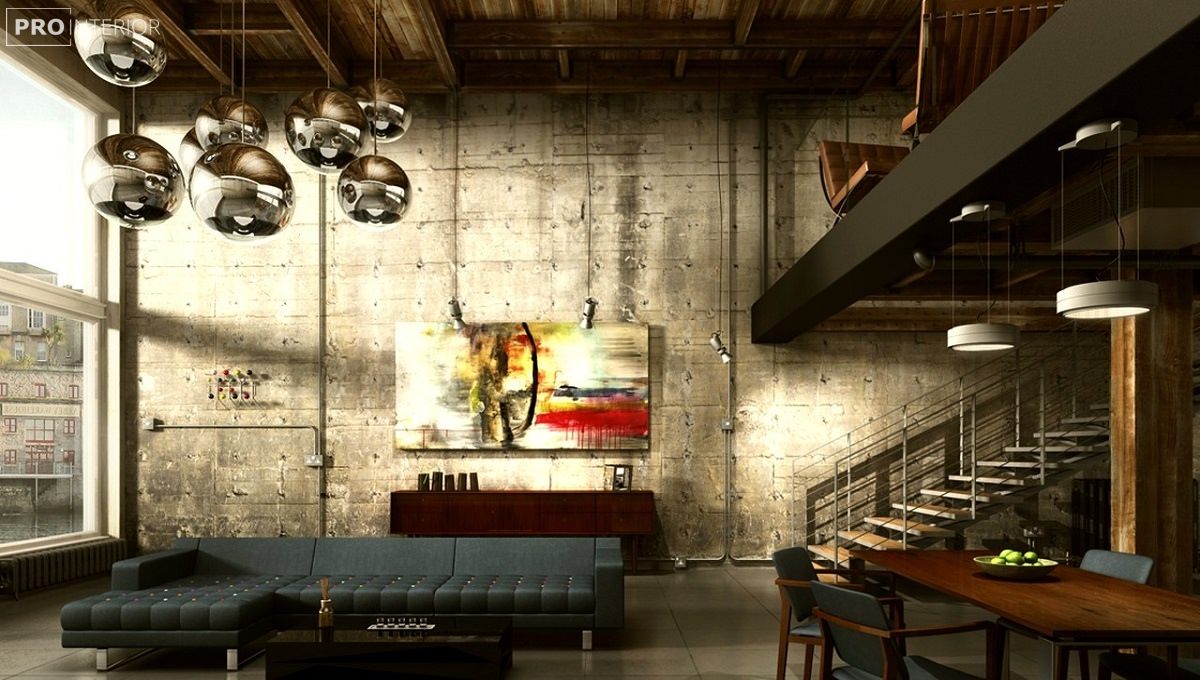
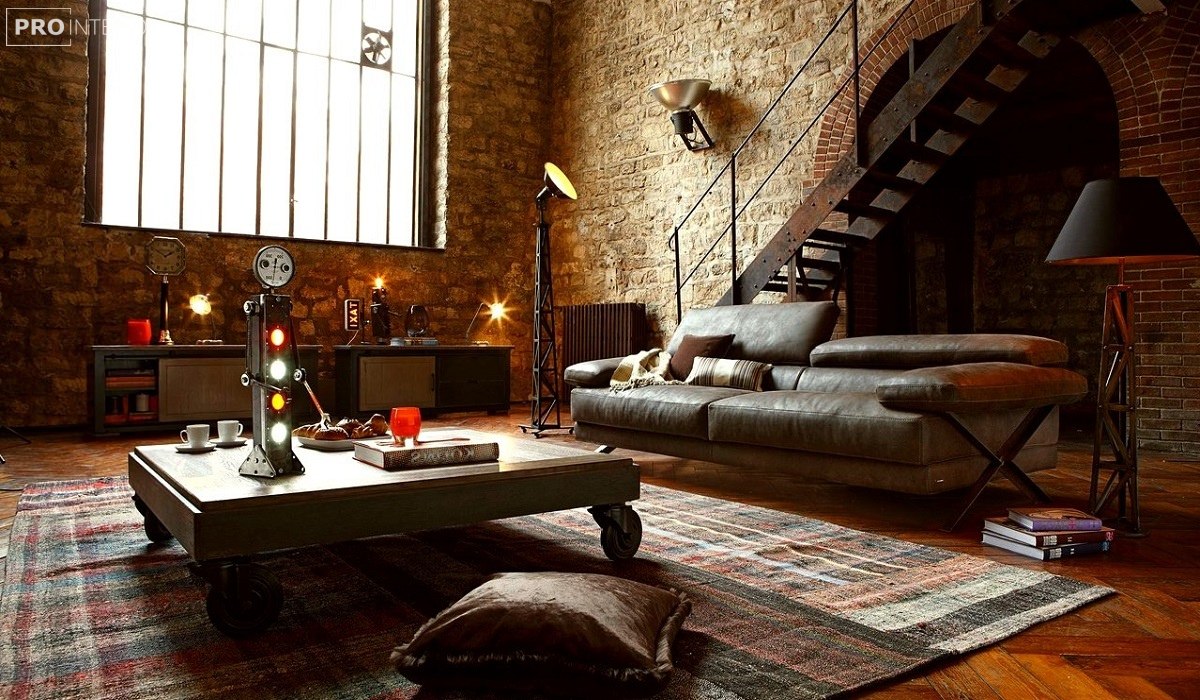
Little history
The history of the loft style boom began in the 50s, but it actually dates back to the 30s. Then massively rich tycoons moved their factories and halls outside the United States because of the lack of profitability of production.
The first loft appeared in Manhattan at the beginning of the last century. The fashion of industrial interior quickly reached Europe and is firmly rooted there. The industrial interior was liked by wealthy business owners who started using this crude post-industrial design in search of originality.

This trend was due to the fact that the price of land in the city center became too expensive for manufacturing enterprises, and they were forced to move to the outskirts. Large, spacious and bright rooms of the former factories appealed to many people of creative professions, who initially organized exhibitions and studios in them, and later turned the place of work into a full-fledged living room.

The loft style is characterized by a large free space with a minimum of walls and a maximum of light. At the same time, the interior can combine incongruous at first glance decor elements: expensive parquet made of natural wood, modern electrical equipment, mirrors, chrome-plated metal parts and bare brick walls, undisguised communications, elements of production equipment, etc.
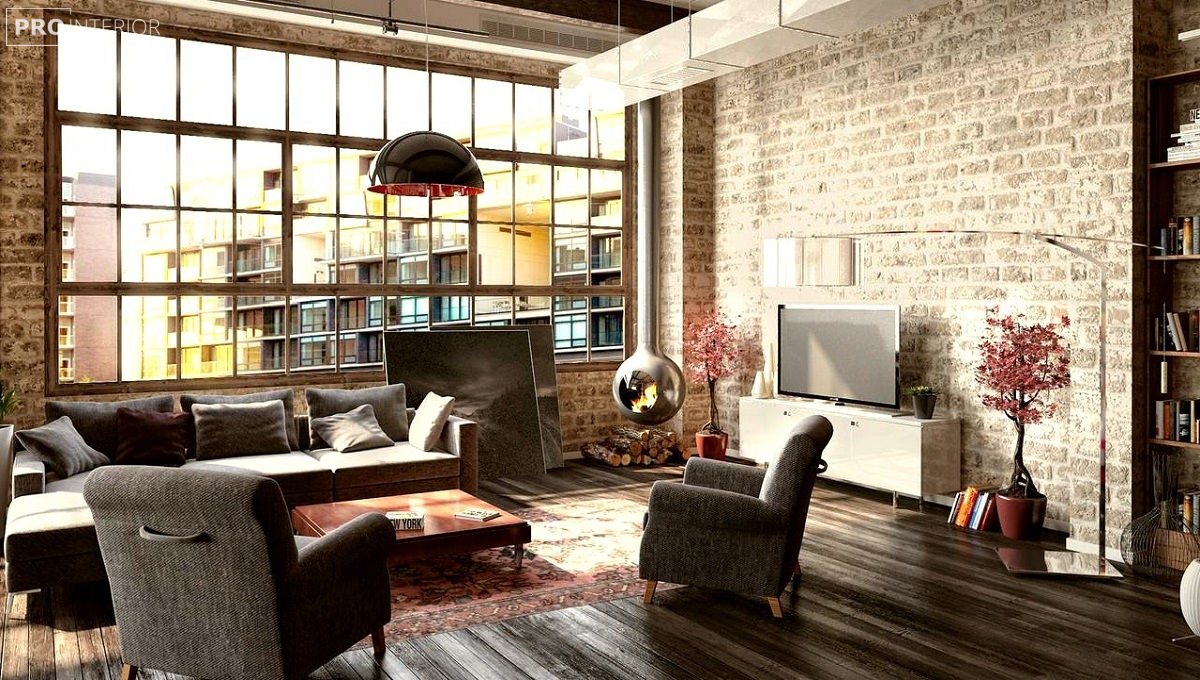

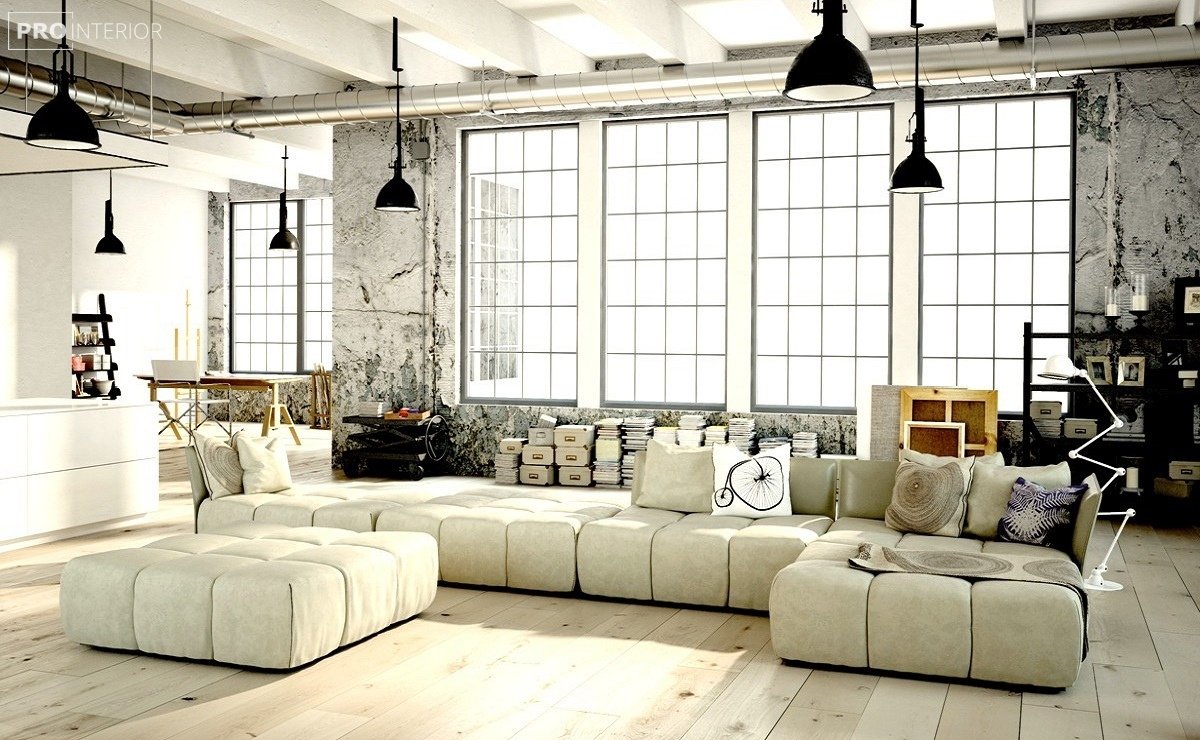
Loft style features
The loft-style interior is simple and concise, but it must contain a hint of the industrial past of the room, even if the style is simply imitated in a modern building. A characteristic feature of the loft is the bare brick walls, metal or wooden beams under the ceiling and concrete columns or, performing their role, pipes located in the center of the room.




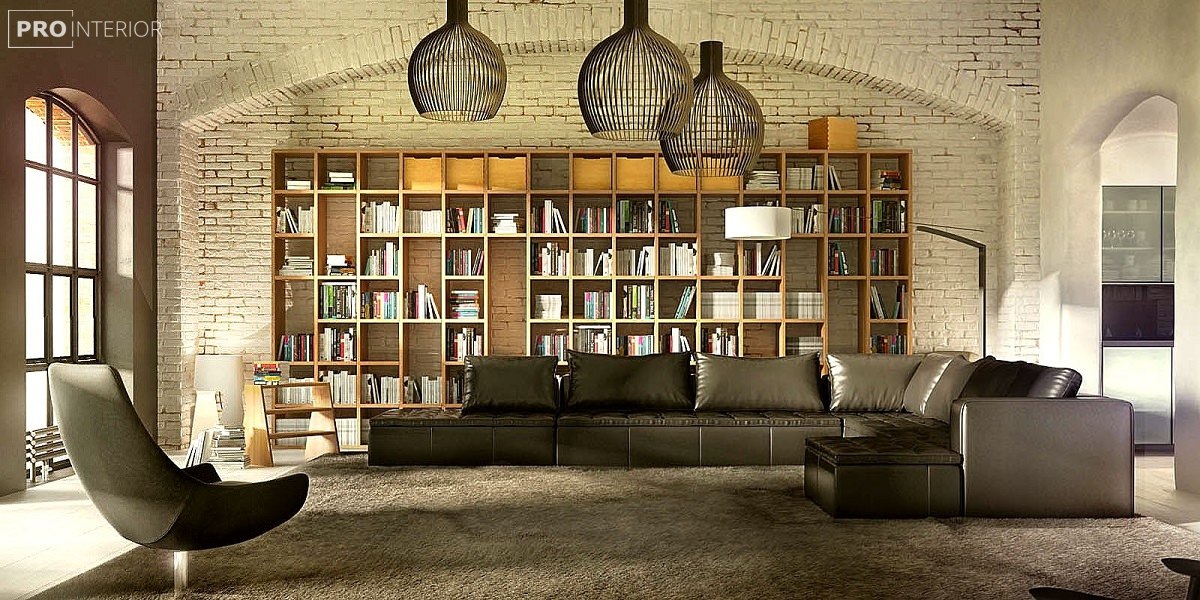
Color scheme
It is impossible to imagine a loft-style interior without large Windows, which means that the room is sure to be bright. The color scheme used in this style is intended only to emphasize the breadth of space and lightness of the interior. Therefore, the dominant colors are universal: white and gray.

Furniture
The motto of the loft style is less things, more space. It also applies to furniture. It should be simple and functional, while being as free from walls as possible. An exception may be a Cabinet with open shelves. Materials that should always be present in the interior of this style: metal, plastic and of course leather.
Traditional loft style items are long sofas, folding chairs and puffs on wheels, beds with a metal base, chrome hangers for clothes that replace the wardrobe.
Special attention to detail

Accessories that complement the interior can be no less original: road signs and cones, advertising posters, neon signs. Sometimes paintings are used as decoration, but they are not always traditionally hung on the walls, often they are placed simply on the floor, leaning against a vertical surface.

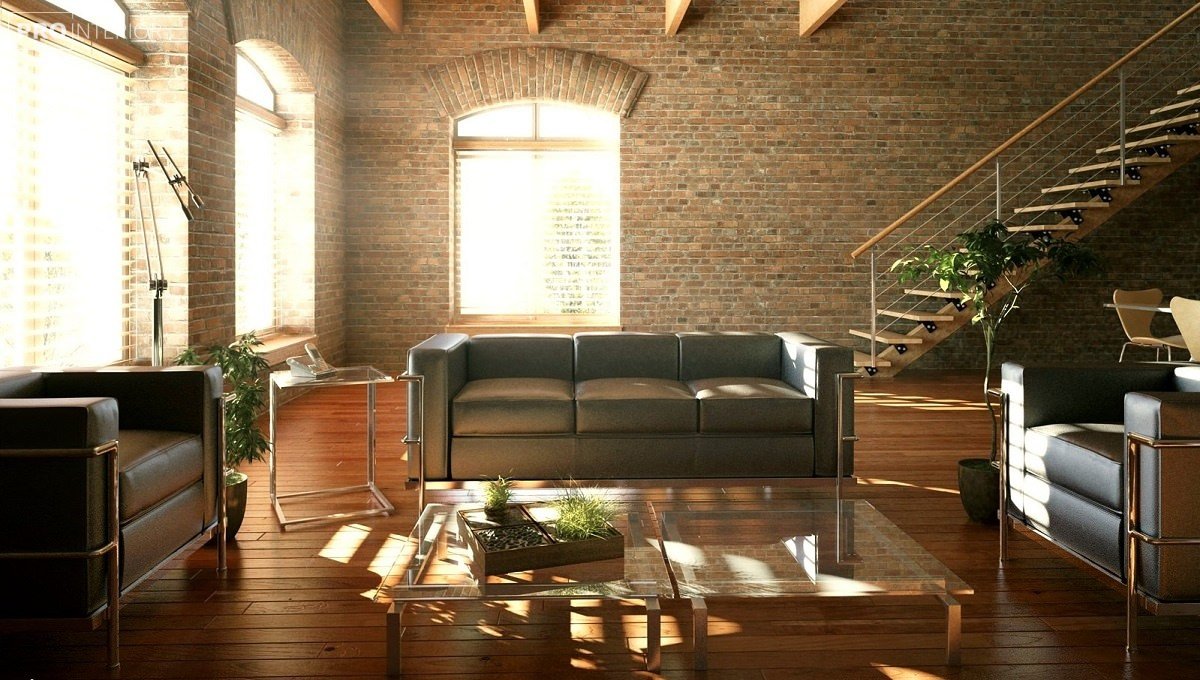
Raw, simple, minimalist. The loft style in the interior looks spacious and economical. The loft is deeply rooted in the architecture of industrial buildings and industrial halls, and in combination with modern design, creates its own unique atmosphere.
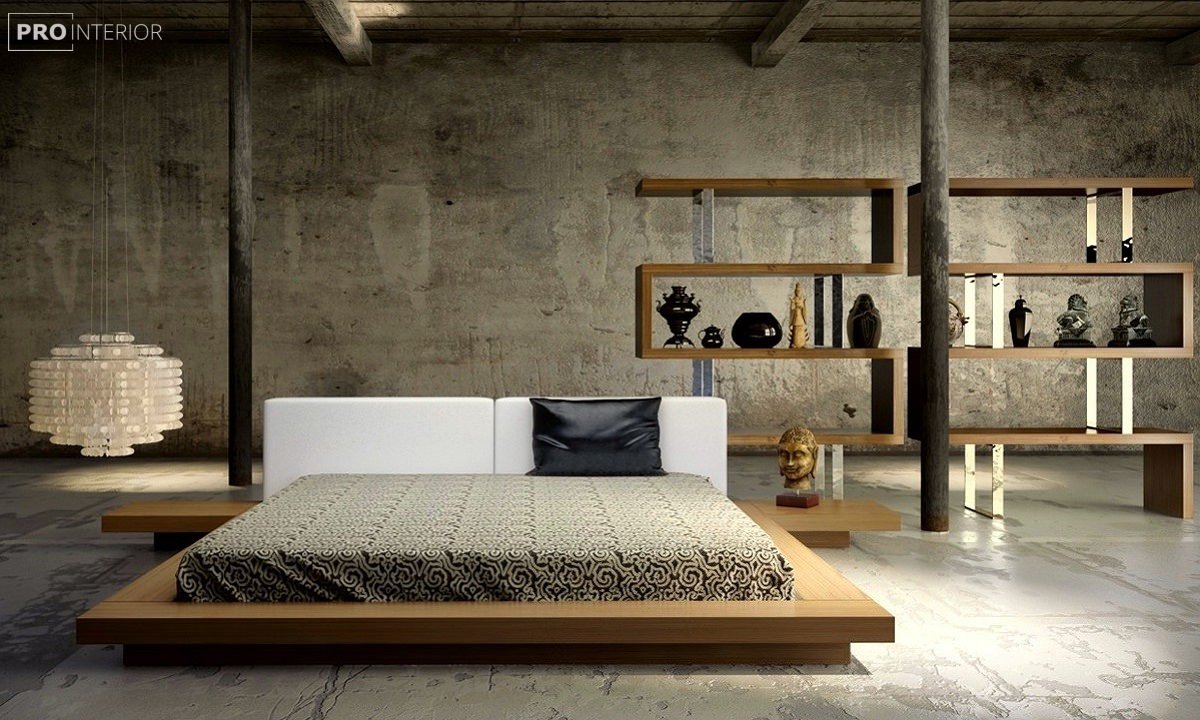
High – unique apartments created in old halls and warehouses. Beautiful and spacious. Life in them is reputation and prestige.
Inspired by the transformation of warehouse projects that swept new York city in the 1990s, urban loft-style apartments are now in demand around the world. A wave of urban regeneration has since swept through cities across North America and Europe, creating numerous penthouses that are perfect for such decor.
Usually the loft uses cheap building materials-concrete, glass, wood and steel. Here, industrial components – cables, pipes and fittings – come back to life-without them, it is difficult to feel the real climate of the loft style. After the update, all this takes on a new face.Today’s appearance of the loft is a combination of old and new. Freight elevators, brick walls, or steel stairs are the perfect backdrop.
In addition to industrial materials, the urban loft also relies heavily on natural materials such as stone and wood.



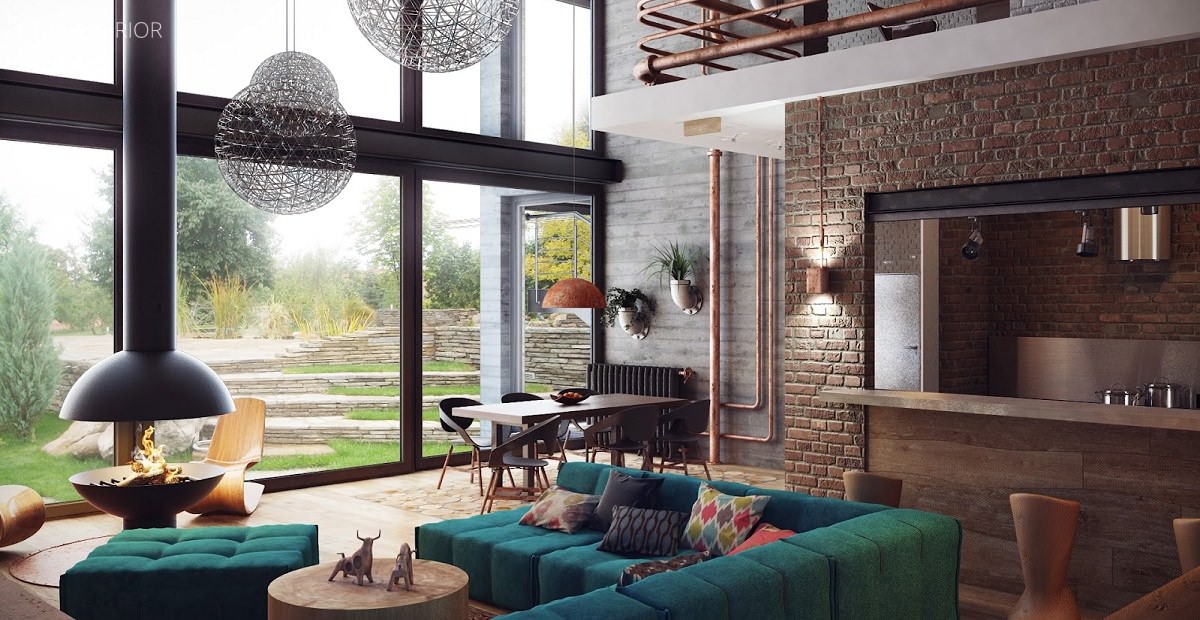




The loft is spacious and high ceilings associated with a production and minimalist style. Their main feature is of course open space and large Windows. It may seem like a construction site, because raw brick walls are the norm here.
You may also be interested In:
Все, что вы не нашли на сайте, найдете с GOOGLE прямо тут "не отходя от кассы".




